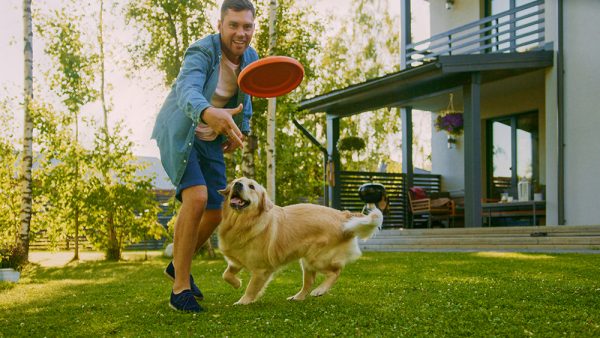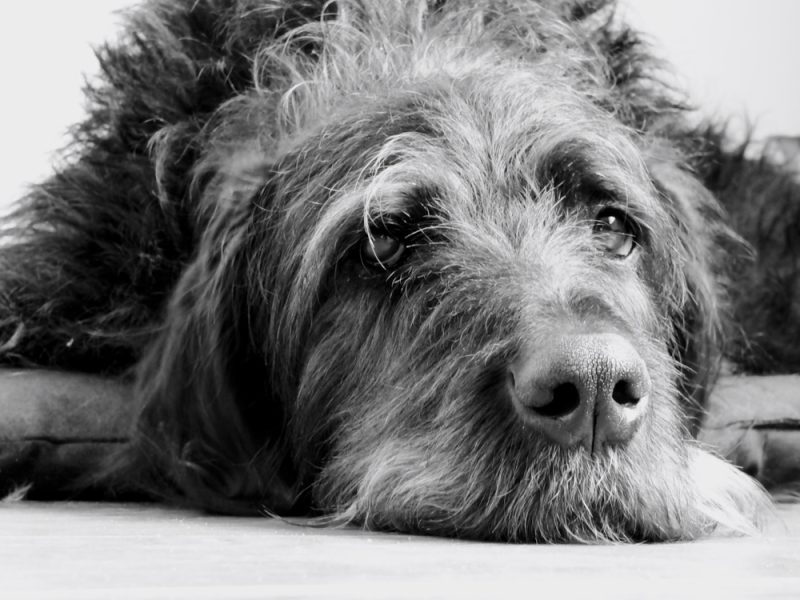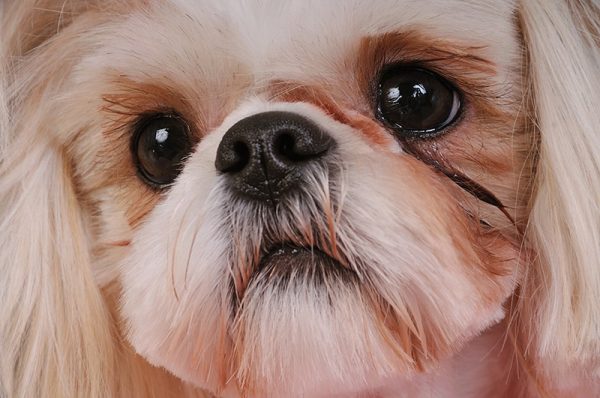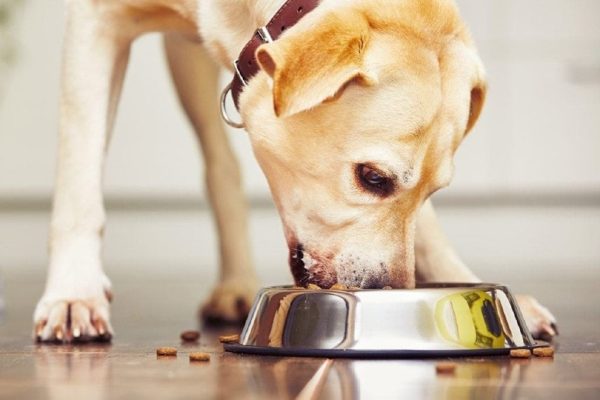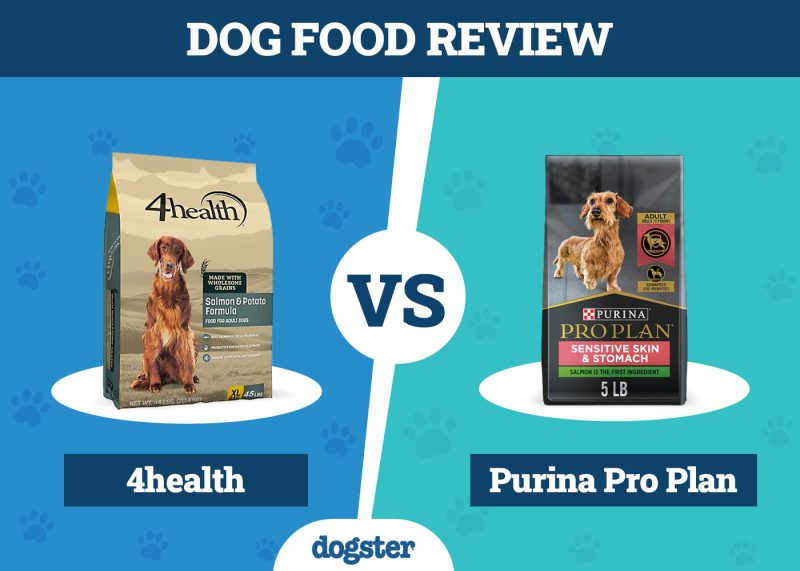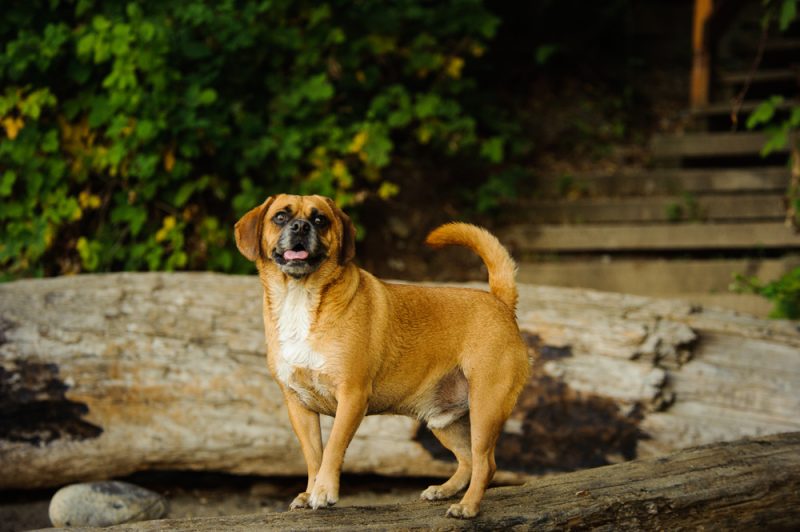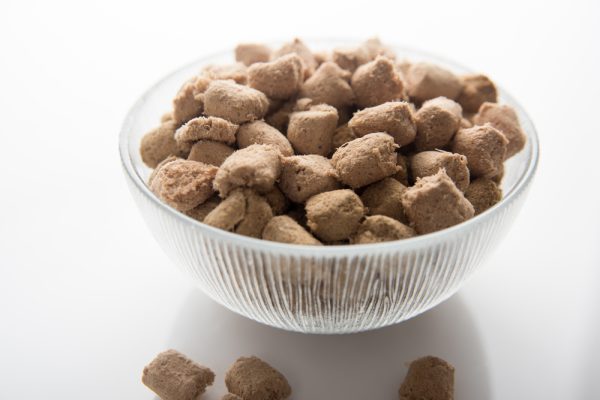Communication is a nuanced thing. Many of us use verbal skills (which are complicated in their own right), body language, and facial expressions to get our message across.
Dogs also use verbal cues, body language, and various facial expressions to communicate with us, so learning how to decipher their messages can make owners’ lives a bit easier.
Here for your reference, we’ve listed 16 different facial expressions that dogs commonly use. Hopefully, this will help you understand your pet better, which will strengthen your bond.

The 16 Dog Facial Expressions
1. Hard Eye Contact
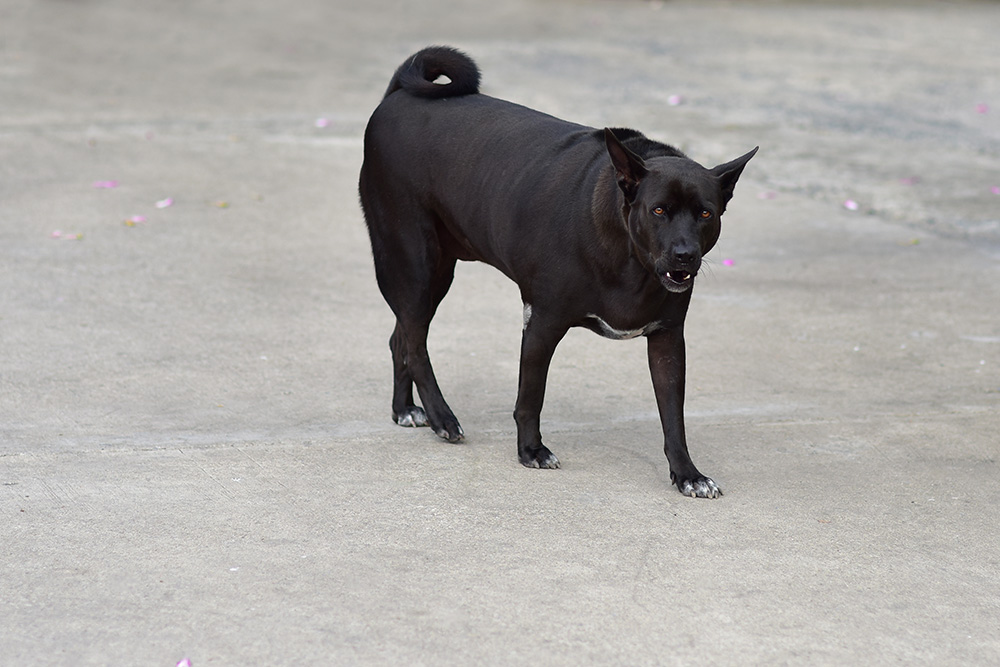
When a dog pins you with direct, hard eye contact, this isn’t friendly. In this situation, the dog is quite still, with little to no body movement. They might look like they are standing tall, and the tail is held erect and stiff. This tends to be a precursor to aggression, which should not be ignored.
2. Soft Eye Contact
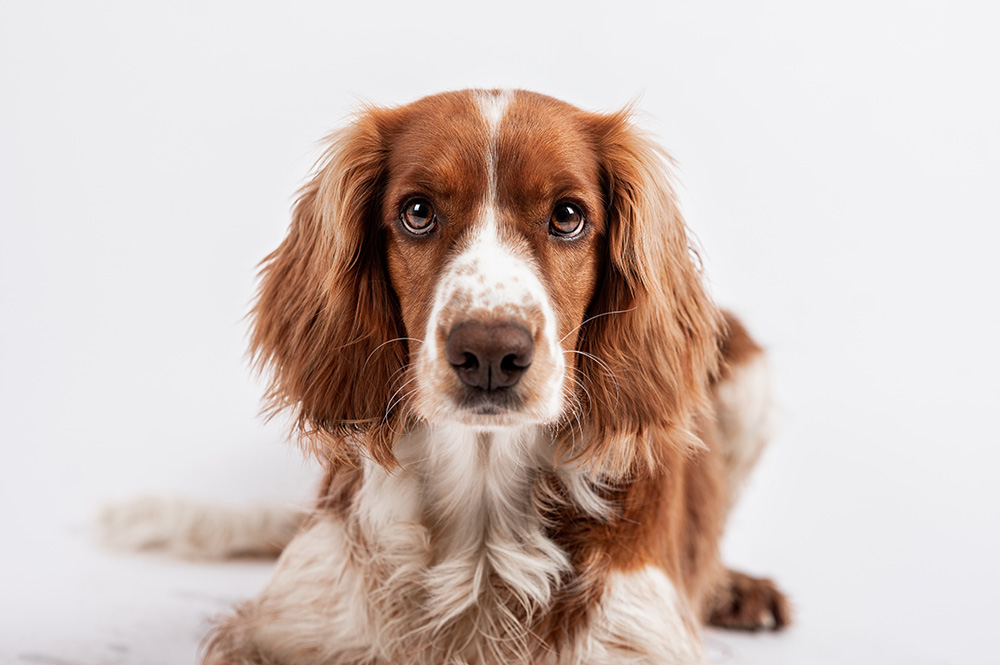
A dog looking at you with soft eyes is a confident and friendly dog. They will likely approach you with relaxed tail wagging, and the body might be curved or wiggling.
3. Squinting or Blinking During Eye Contact

When a dog blinks at you while looking at you, they might be trying to figure out what you’re thinking or doing. It is common for a dog to blink at you when you give them a command. Squinting at you might mean they are looking to appease you, but it can also be a sign of fear. If a dog approaches while squinting, this is a social and friendly dog that is safe for you to interact with. But if they are squinting and holding their body in a lowered position, they are fearful, and there’s the potential for a bite if you approach them.
4. Squinting or Blinking Without Eye Contact
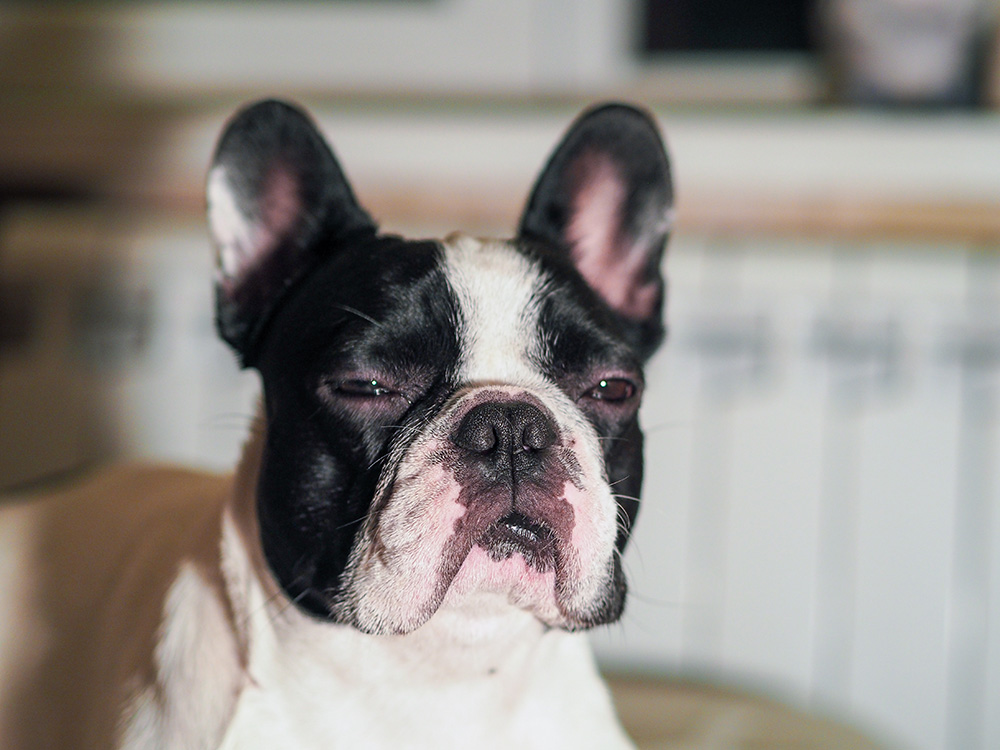
If your dog is squinting or blinking but not making eye contact, this might be a sign of illness or pain. It can also be a sign of fear or stress, particularly if they are blinking rapidly. If your dog is behaving differently in addition to the blinking, you should check in with a veterinarian.
If you need to speak with a vet but can't get to one, head over to PangoVet. It's our online service where you can talk to a vet online and get the advice you need for your pet — all at an affordable price!

5. Avoiding Eye Contact

This depends on your relationship with the dog. If you have had your pet for a while and know there’s trust between you, not making eye contact can be a sign of deference. Your dog is telling you that they don’t want a confrontation. But if you don’t know the dog or if they are a rescue, they don’t necessarily trust you. They are seeking to avoid any interaction, whether it is positive or negative.
6. Showing Whites of the Eyes
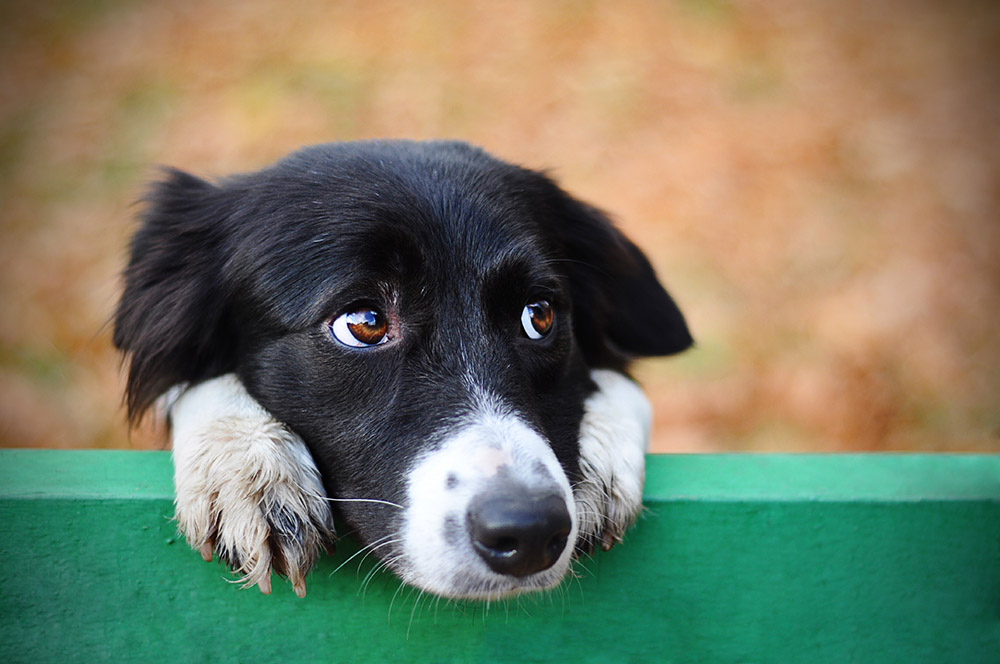
When you can see the whites of a dog’s eyes, it can be a precursor to aggression but is often a sign of stress, fear, or anxiety. This is also commonly called “whale eye.” The dog will usually turn their head away but keep their eyes on the person, animal, or situation, causing the whale eye. If you can see the whites of your dog’s eyes and they are acting oddly, you should remove them from the situation causing them discomfort.
7. Raising Eyebrows
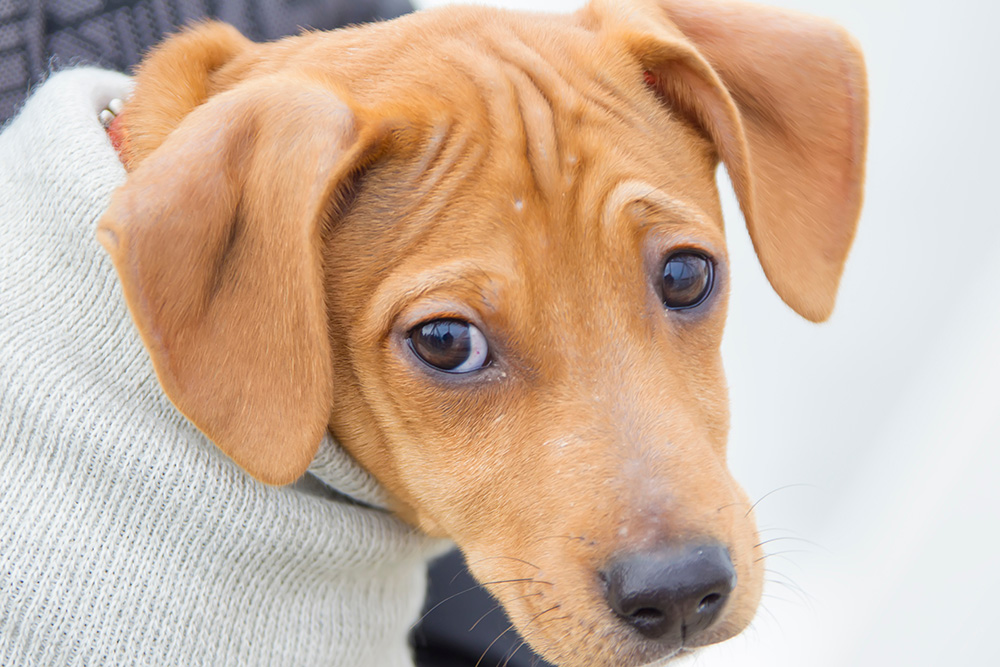
Dogs can have so many adorable expressions with their eyebrows! If your dog is looking at you and is raising one or both eyebrows, this is a sign that they are alert and interested in something.
8. The Head Tilt
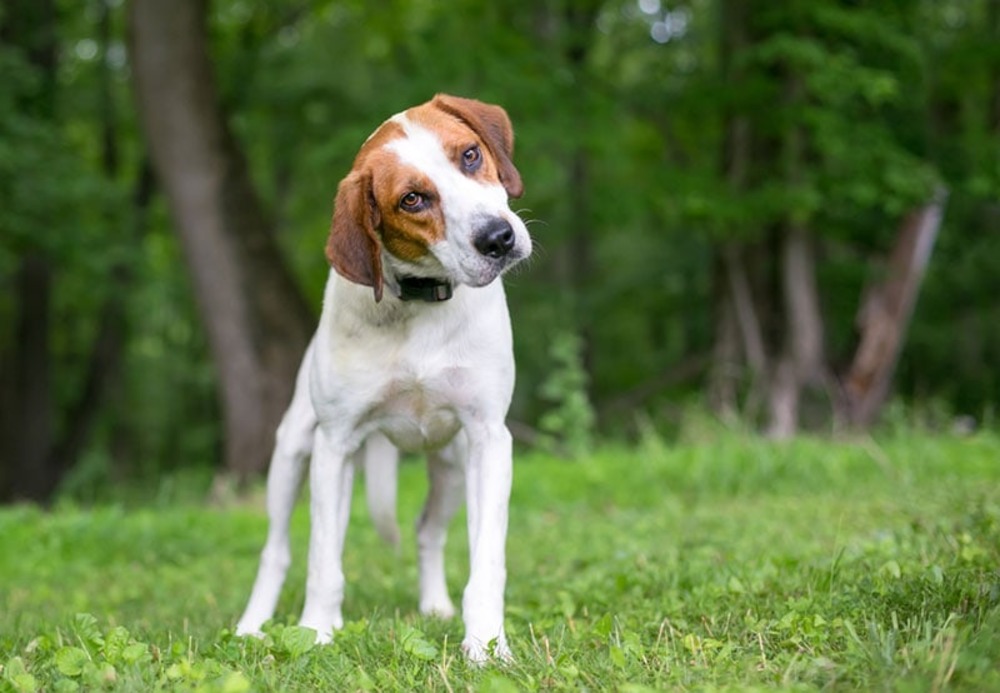
How much do you love a doggy head tilt? It’s quite clear what it signifies: curiosity! It can also be a dog’s way of telling you to continue your conversation with them, as they are attempting to figure out what you’re saying.
9. Lowering the Head

When a dog lowers their head while looking up at you, this is a sign of submission. It can be considered a similar version of squinting and blinking while maintaining eye contact.
10. Flattened Ears

When a dog pulls both ears back and tight against the head, this is commonly an indication of fear or aggression. You might see this in conjunction with whale eye. But if your dog is exhibiting any other signs, such as frequent shaking of the head, scratching at their ears, or exhibiting discharge from the ears, it might be an ear infection.
11. Yawning

This one can be a bit confusing: Yawning means either the dog is tired or they are stressed. If your dog appears tired and then yawns, the meaning is quite clear. But if your dog is yawning and showing other signs of stress, such as pinned-back ears, whale eye, pacing, etc., you’ll know that they are feeling anxious.
12. Licking

There’s so much to unpack with licking behavior in dogs! They can lick their lips because they just ate, but sometimes, it’s a sign of stress, almost like a nervous compulsion. Licking their lips and drooling can be a sign of nausea.
Dogs will lick us or other animals as a way to greet us or as a sign of appeasement. Some dogs will lick a part of their body because of allergies, a medical condition, or a compulsive disorder.
You’ll need to consider the whole situation and your dog’s body language to understand why they are licking.
13. Smiling

A dog smiling can often be confused with snarling or showing aggression. But this is not the case. It typically indicates that your dog is happy and excited, your dog should be relaxed. Some people believe that dogs might even be mimicking our smiles. Just check your dog’s body language to ensure that it is indeed a smile and not a snarl.
14. Grimacing
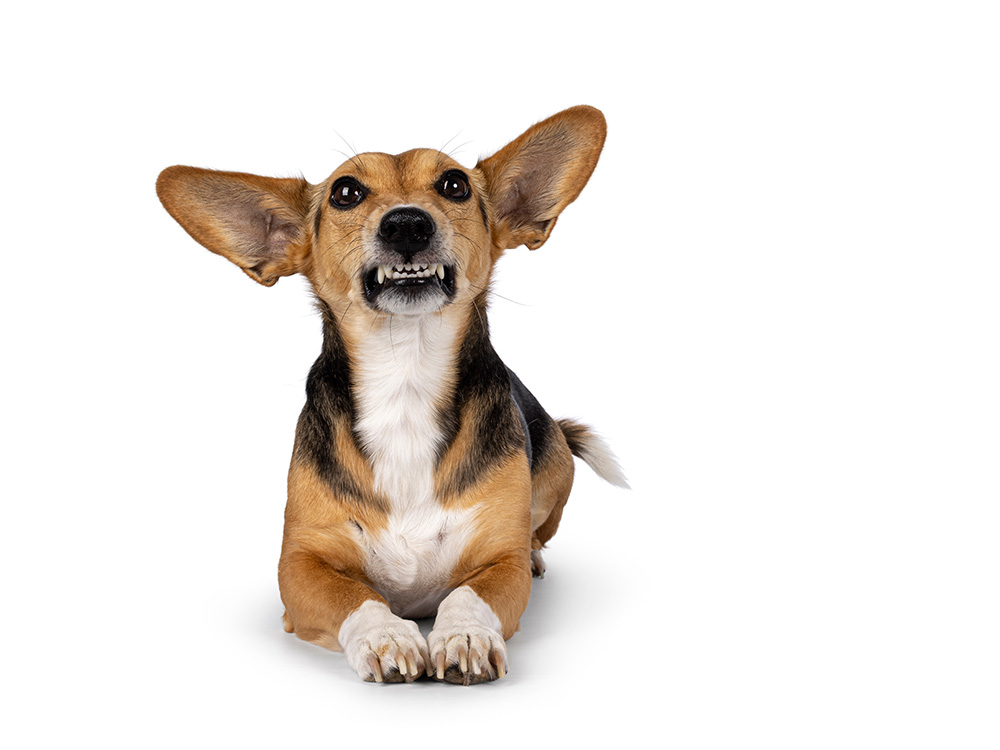
The difference between a grimace and a smile should be fairly apparent. When a dog pulls their lips back horizontally and you can see all their teeth, this is a grimace. It can mean the dog is fearful and feels nervous and uncomfortable. If their ears are flattened too, this is a clear sign of fear.
15. Wrinkled Nose

When a dog pulls up their lips to display their front teeth while wrinkling up the muzzle, they are angry! You’ll usually see these signs as a precursor to a snarl, which will be accompanied by a hard stare and pinned ears.
16. Panting
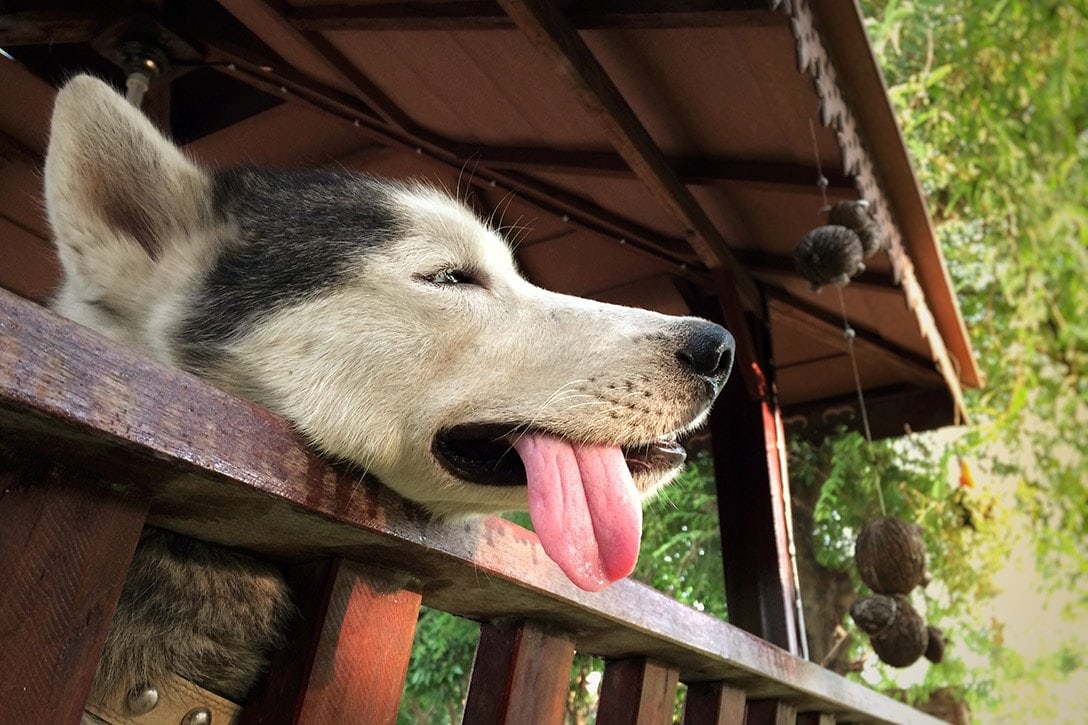
Like yawning, panting has a few meanings. Dogs will pant when they’ve exerted themselves and when they are overheated. You’ll need to cool your dog down to prevent heatstroke. Panting can also be an indication of stress, so you’ll need to consider the scenario and your dog’s body language. When a dog pants due to stress and anxiety, the panting is quite fast and shallow, whereas relaxed panting is deeper and slower.

A Dog’s Body Language
While understanding the dog’s facial expressions is vital, understanding their entire body language is even more important. The combination of their verbal communication, the positions of their tail and ears, and their posture and facial expression tells the whole story.
In a nutshell, the more relaxed the dog’s body is, the more relaxed the dog is. The ears, tail, body, and face will all be relaxed, without any tension. But if the dog’s body is stiff and tight, they may be fearful or angry. Remember to read all signs before you react to how you think the dog is feeling.

Conclusion
Dogs send us all kinds of messages through their barks and whines, their wagging tails, and their eye contact. It’s vital to respect your dog’s feelings, so for example, if you hug your dog and notice that they are showing whale eye, you know you should stop because it is making them uncomfortable.
Learning what your dog is trying to tell you is essential, and becoming familiar with their body language and facial expressions will only strengthen and deepen your bond.
Featured Image Credit: mikeledray, Shutterstock



